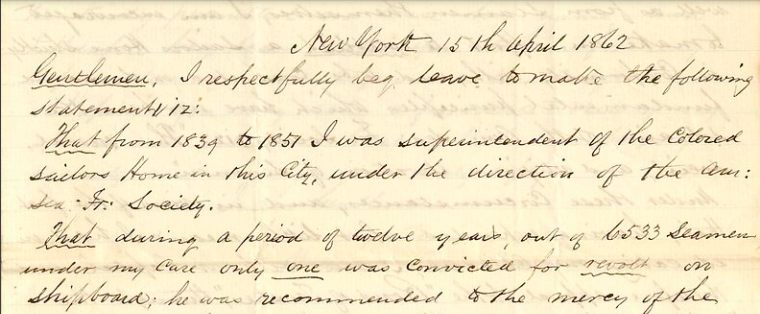Mystic, Conn. (September 13, 2022) – Mystic Seaport Museum was awarded a three-year Institute of Museum and Library Services Collections Stewardship grant totaling $236,788, to recover and improve access to selected cellulose diacetate negatives from the Museum’s Rosenfeld Collection of Maritime Photography that have been affected by a form of severe deterioration known as vinegar syndrome.
The Rosenfeld Collection, acquired in 1984 by Mystic Seaport Museum, is one of the largest archives of maritime photographs in the United States. The Collection contains nearly one million pieces from 1881 to 1992. This irreplaceable photography collection represents the evolution of photographic technology and documents the golden age of American yachting – an era of intensive recreational and competitive activity widely recognized for its impact on the preservation of American sailing knowledge, skills, and traditions.
The project team, which includes two grant-funded positions, will evaluate, select, recover/treat, digitize, rehouse, and catalog 5,000 images. The goal of the project is to create a sustainable model for the ongoing in-house treatment of negatives affected by vinegar syndrome and to freely share project results with the broader museum/archive community through professional conferences and digital/social media.
Approximately 150,000 Rosenfeld Collection negatives, dating from 1927 –1950s, are cellulose diacetate (safety film) and are prone to or already affected by vinegar syndrome. This grant will dovetail with another active federal grant and ongoing private support to recover a combined 8,500 images and enhance the sustainability of the project.
Improved digital access to the collection will benefit current and future exhibits of Mystic Seaport Museum and encourage research that brings a new lens to the Collection and our national maritime heritage. Connecting the photographed vessels to the stories of their crew members, voyages, or shipyards of origin will illuminate perspectives beyond the traditional view of yachting as an elite interest.
Mystic Seaport Museum will continue these preservation efforts well beyond the grant period. Recovering, digitizing, and cataloging these images speaks to agency-level IMLS collections stewardship goals of supporting collections care and management and promoting access to museum collections.
The Institute of Museum and Library Services is the primary source of federal support for the nation’s libraries and museums. The agency advances, supports, and empowers America’s museums, libraries, and related organizations through grant-making, research, and policy development. To learn more, visit www.imls.gov or follow on Facebook and Twitter.
###
Media Contact
Sophia Matsas
Director of Marketing & Communications
Mystic Seaport Museum
860.572.5317 (o)
sophia.matsas@mysticseaport.org
About Mystic Seaport Museum
Mystic Seaport Museum is the nation’s leading maritime Museum. Founded in 1929 to gather and preserve the rapidly disappearing artifacts of America’s seafaring past, the Museum has grown to become a national center for research and education with the mission to “inspire an enduring connection to the American maritime experience.” The Museum’s grounds cover 19 acres on the Mystic River in Mystic, CT, and include a recreated New England coastal village, a working shipyard, formal exhibit halls, and state-of-the-art artifact storage facilities. The Museum is home to more than 500 historic watercraft, including four National Historic Landmark vessels, most notably the 1841 whaleship Charles W. Morgan. For more information, please visit mysticseaport.org and follow the Museum on Facebook, Twitter, YouTube, and Instagram.






